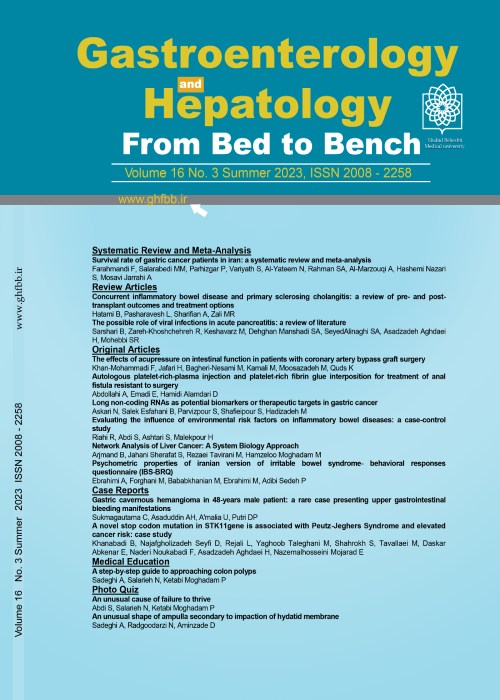Escherichia coli Pathotypes and Shigella Sero-groups in Diarrheic Children in Nairobi city, Kenya
Author(s):
Abstract:
Aim: In the present study, we investigated the prevalence of E. coli pathotypes and Shigella sero-groups and their antimicrobial profiles among diarrheic children in Nairobi city, Kenya.
Background
Although diarrheagenic E. coli pathotypes and Shigella sero-groups are leading causes of diarrhea in children under five years in developing countries, their distribution and antimicrobial resistance vary from place to place and over time in a given region.Methods
In a cross-sectional study, we enrolled diarrheic children (n=354) under five years seeking treatment at Mbagathi Hospital, Nairobi city, Kenya,. Stool samples were collected from all children for bacterial culture. Bacterial isolation and identification was performed by conventional microbiological methods. Polymerase chain amplification was used to detect aspU, aggR, andpcvd432 for EAEC, est and elt for ETEC, eae for EPEC, stx for EHEC, and ipaH for EIEC and Shigella species. Antimicrobial profile was determined by disk diffusion method.Results
The prevalence of EAEC, ETEC, EPEC (eae), EIEC (ipaH) was 21.2%, 10.5%, 4.5%, and 0.6%, respectively, while that of mixed infection was 0.6%for ETEC/EAEC and 0.3%for EAEC/EPEC/ETEC. No EHEC strain was isolated. Pathogenetic analysis for EAEC showed that5.9% carried aspU,8.2% possessed both aspU and aggR and 7.1% had a combination of aspU, aggR andpcvd432 while that of ETEC was 2.3% for elt, 6.5% for both elt and est and 1.7% for est. The combination of aspU with aggR, elt and est, and pcvd432 with aggR, aspU and est was 0.3% for each case of ETEC/EAEC mixed infection. The aspU gene co-existed with aggR, pcvd432, eae and elt in the EAEC/EPEC/ETEC mixed infection. The prevalence of S. boydii, S. dysenteriae, S. flexneriand, S. sonnei was 0.8%, 0.6%, 1.7%, and 0.8%, respectively. No E. coli pathotype and shigella co infection was detected. In addition, both E. coli pathotypes and Shigella species were resistant to ampicillin, trimethoprim/sulfamethoxazole, streptomycin, chloramphenicol and tetracycline while gentamycin and kanamycin resistance occurred in diarrheagenic E. coli.Conclusion
E. coli pathotypes and Shigella sero-groups harboring virulent genes are important causes of diarrhea in children in Kenya. The increasing spectrum of antibiotic resistance in diarrheagenic E. coli and Shigella species necessitates the development of antimicrobial stewardship education-programs to influence prescribing behavior as well as optimizing the use of effective antimicrobials in Kenya.Keywords:
Language:
English
Published:
Gastroenterology and Hepatology From Bed to Bench Journal, Volume:10 Issue: 3, Summer 2017
Page:
220
magiran.com/p1739788
دانلود و مطالعه متن این مقاله با یکی از روشهای زیر امکان پذیر است:
اشتراک شخصی
با عضویت و پرداخت آنلاین حق اشتراک یکساله به مبلغ 1,390,000ريال میتوانید 70 عنوان مطلب دانلود کنید!
اشتراک سازمانی
به کتابخانه دانشگاه یا محل کار خود پیشنهاد کنید تا اشتراک سازمانی این پایگاه را برای دسترسی نامحدود همه کاربران به متن مطالب تهیه نمایند!
توجه!
- حق عضویت دریافتی صرف حمایت از نشریات عضو و نگهداری، تکمیل و توسعه مگیران میشود.
- پرداخت حق اشتراک و دانلود مقالات اجازه بازنشر آن در سایر رسانههای چاپی و دیجیتال را به کاربر نمیدهد.
In order to view content subscription is required
Personal subscription
Subscribe magiran.com for 70 € euros via PayPal and download 70 articles during a year.
Organization subscription
Please contact us to subscribe your university or library for unlimited access!


